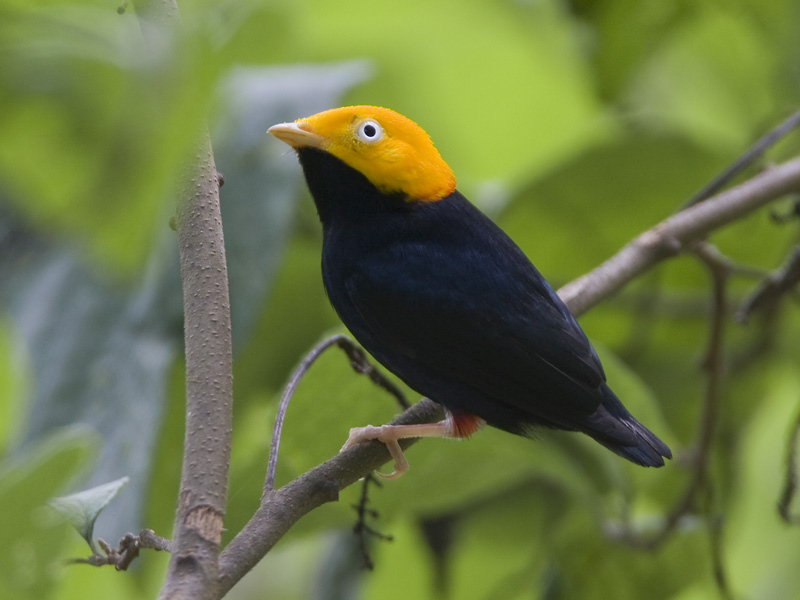
Pipra erythrocephala
SUBFAMILY
Piprinae
TAXONOMY
Pipra erythrocephala Linnaeus, 1758.
OTHER COMMON NAMES
French: Manakin а tкte d’or; German: Goldkopfpipra; Spanish:
Saltarнn Cabecidorado.
PHYSICAL CHARACTERISTICS
Sexes differ. Length is 3.6 in (9.1 cm). The male is glossy black
with a brilliant golden-yellow head; thighs are red and white.
Adult males have white eyes. The female is dull olive with gray
eyes. Bills are yellowish white and legs are pale or flesh-toned
in both sexes.
DISTRIBUTION
Eastern Panama southward to northeast Peru, Brazil north of
the Amazon, the Guianas, and quite numerous on Trinidad.
HABITAT
Upper understory and middle growth of both humid and relatively
deciduous forest and mature secondary woodland.
BEHAVIOR
Lek displays are noisy and conspicuous. Pairs of males often
seem to be competing with each other. Established males may
maintain their residency at the lek for up to eight years. In
typical manakin fashion, the males reach a fevered pitch of display
when a female approaches, and in full display expose their
red and white thigh feathers.
FEEDING ECOLOGY AND DIET
Small fruits and insects are taken during quick, sallying flights.
Feed at fruiting trees up to the height of the forest canopy.
REPRODUCTIVE BIOLOGY
Following copulation, the female alone builds the nest, incubates
the eggs, and raises the young. The nest is a thinly woven
cup of fibers attached to a horizontal fork in branches
located 3.3–33 feet (1–10 m) off the ground. The eggs, usually
two, are pale greenish yellow with many brown streaks around
the large end of the shell.
CONSERVATION STATUS
Not threatened. Rather common in preferred habitats.
SIGNIFICANCE TO HUMANS
Eco-tourists and birdwatchers enjoy seeing the males.
Other popular Animals
Photo Gallery of - Golden-headed manakin
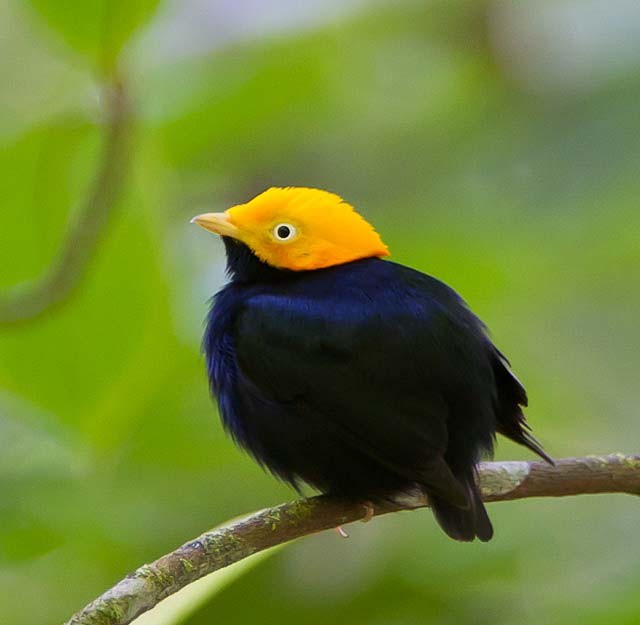
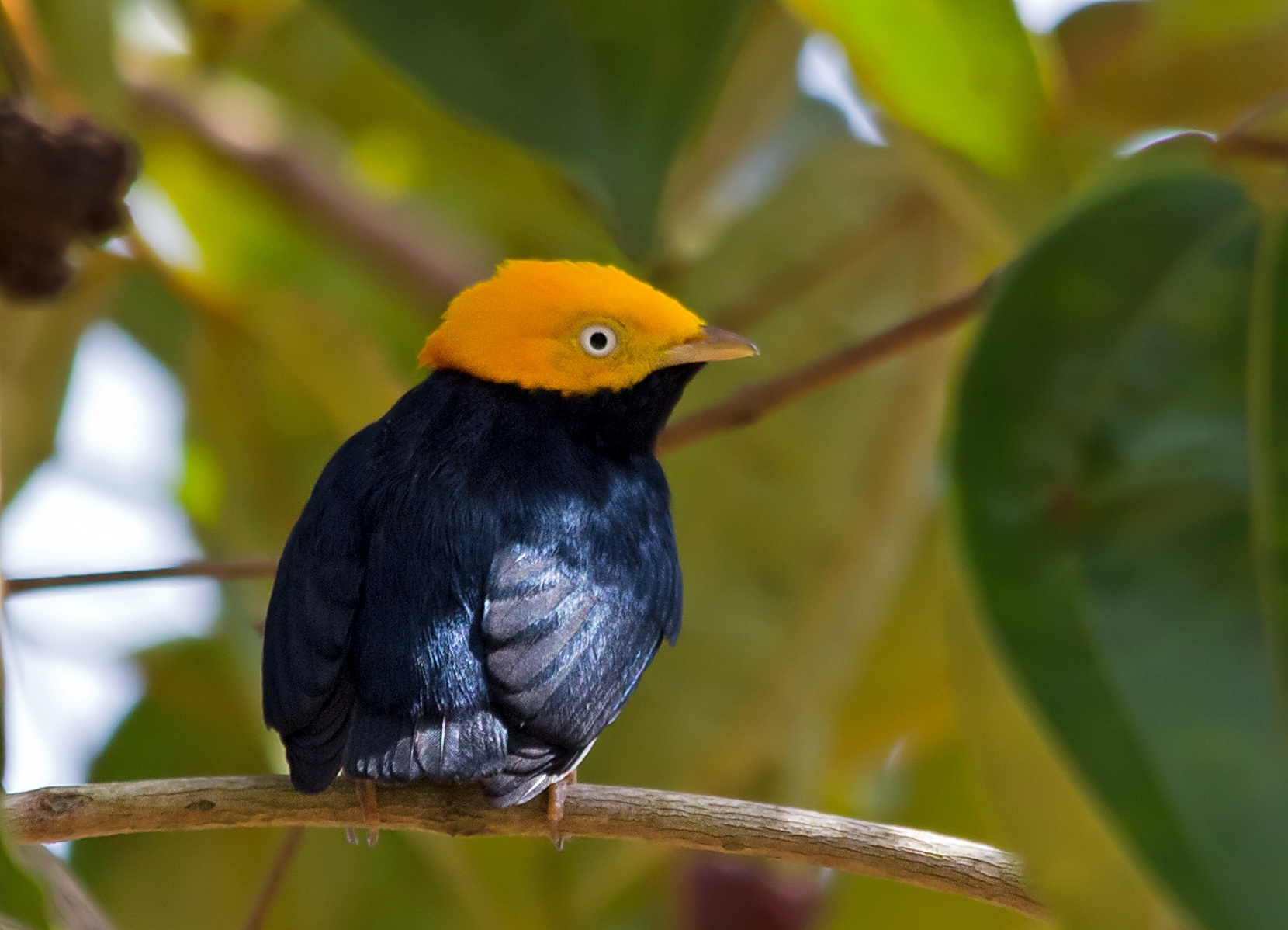
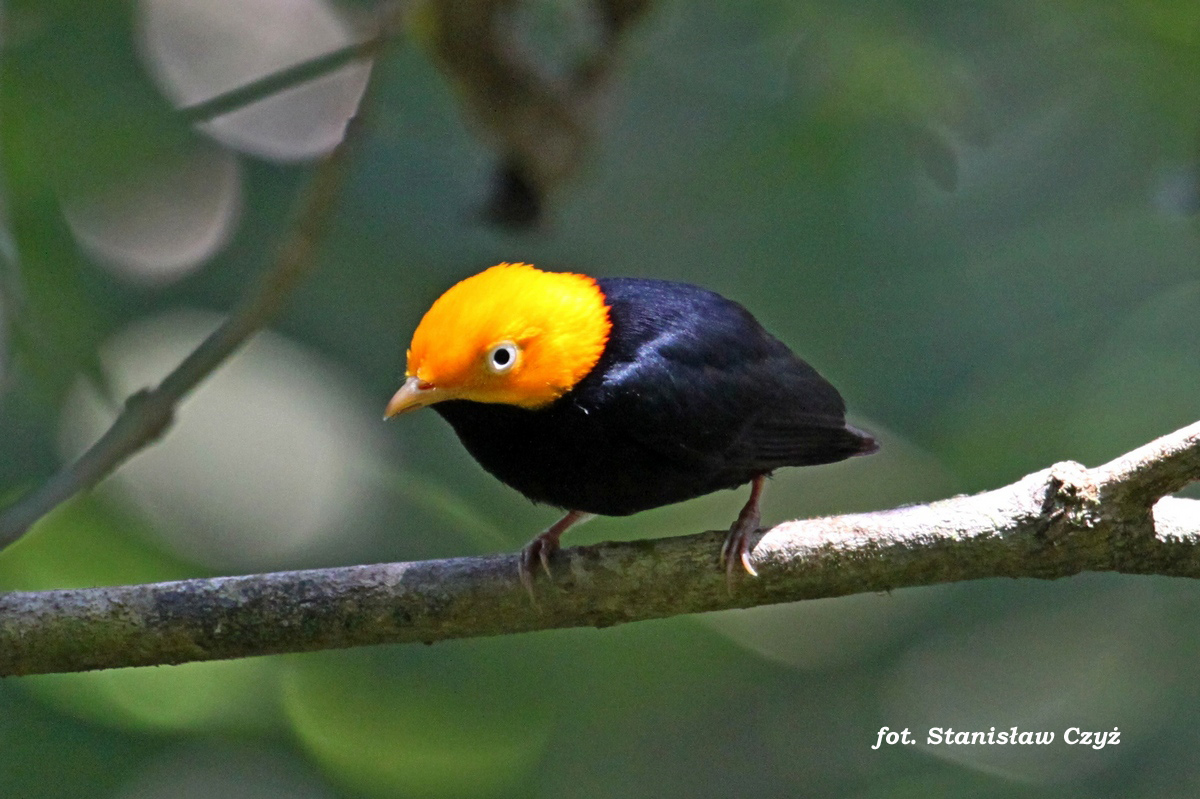
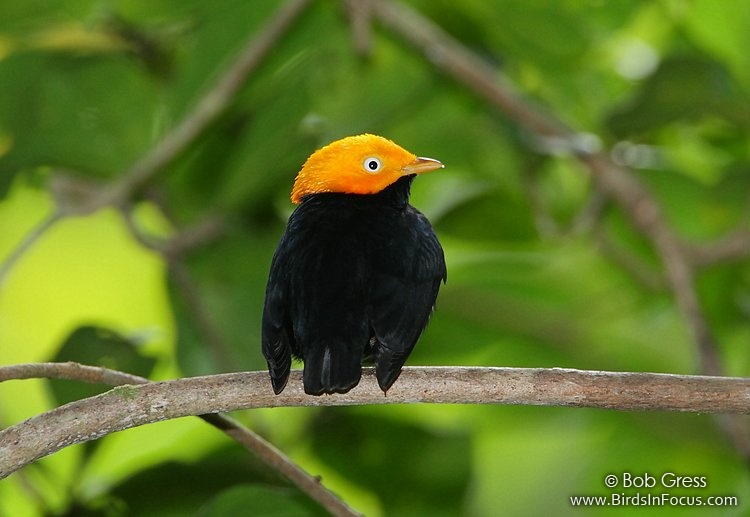
 Animalia Life
Animalia Life